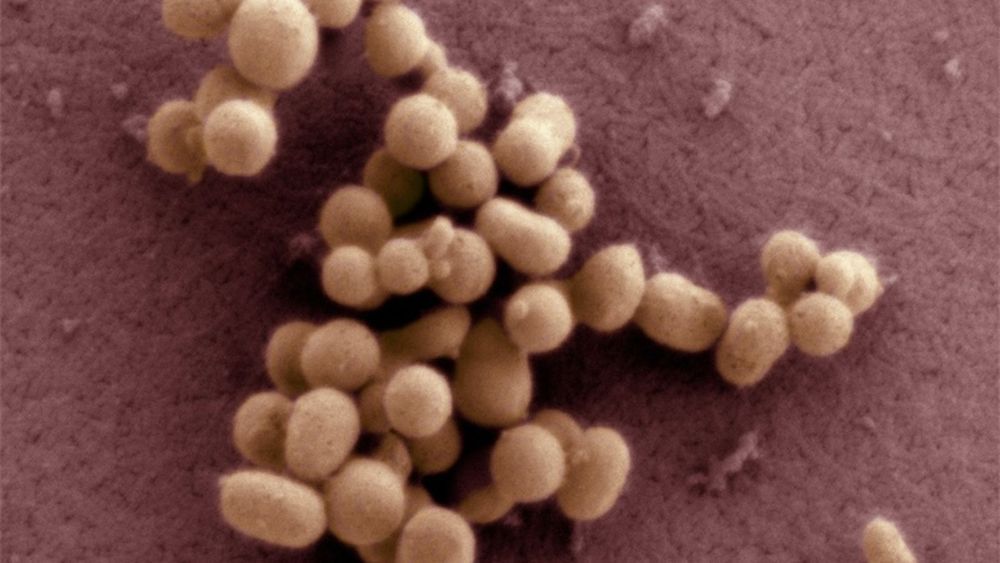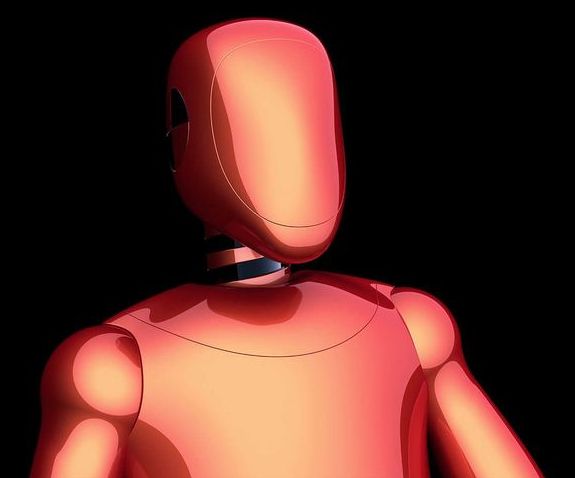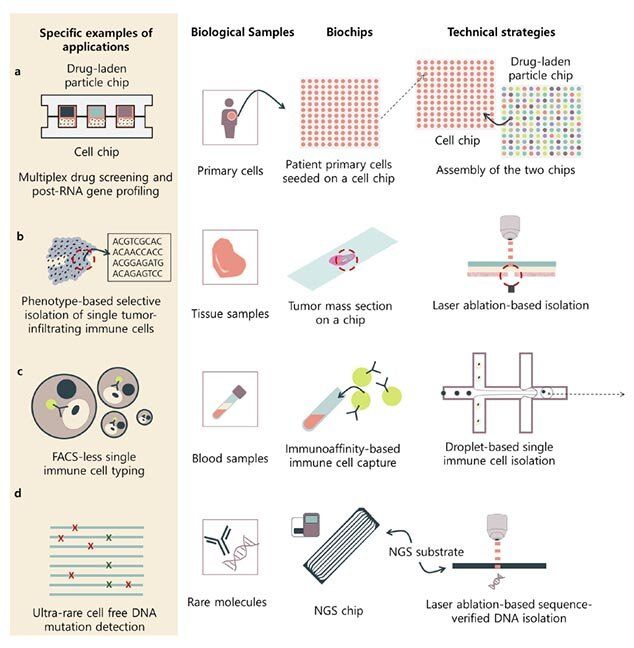Every now and again, our radio telescopes capture a mystery. A single flash, as powerful in radio wavelengths as half-a-billion Suns, condensed into a burst that lasts just a few milliseconds at most. Now, for the very first time, astrophysicists have traced one of these one-off fast radio bursts (FRBs) to its source.
“This is the big breakthrough that the field has been waiting for since astronomers discovered fast radio bursts in 2007,” said astro-engineer Keith Bannister of Australia’s Commonwealth Scientific and Industrial Research Organisation (CSIRO).
The signal has been named FRB 180924 — they’re named for the date of detection — and it originated in the outskirts of a Milky Way-sized galaxy roughly 3.6 billion light-years from Earth.









